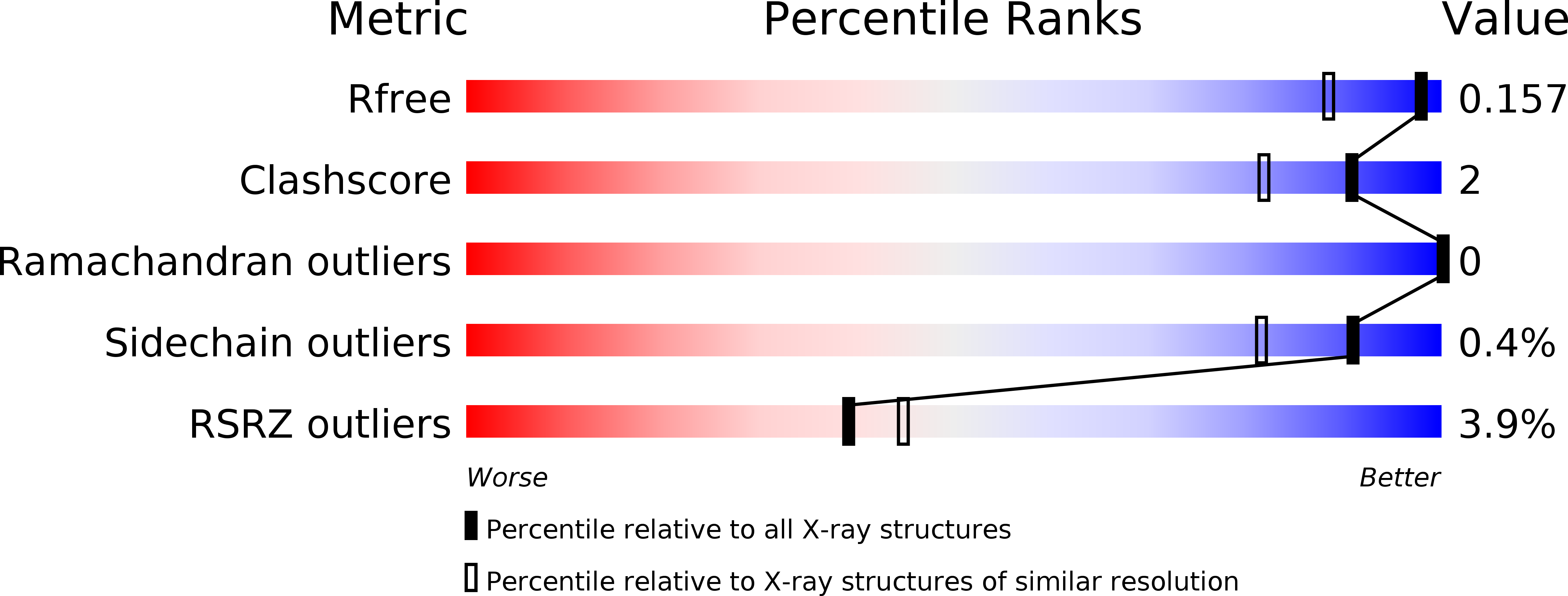
Deposition Date
2020-01-14
Release Date
2020-03-11
Last Version Date
2023-10-11
Entry Detail
PDB ID:
6VJ3
Keywords:
Title:
Carbonic Anhydrase II in complex with pyrimidine-based inhibitor
Biological Source:
Source Organism:
Homo sapiens (Taxon ID: 9606)
Host Organism:
Method Details:
Experimental Method:
Resolution:
1.35 Å
R-Value Free:
0.17
R-Value Work:
0.15
R-Value Observed:
0.15
Space Group:
P 1 21 1


